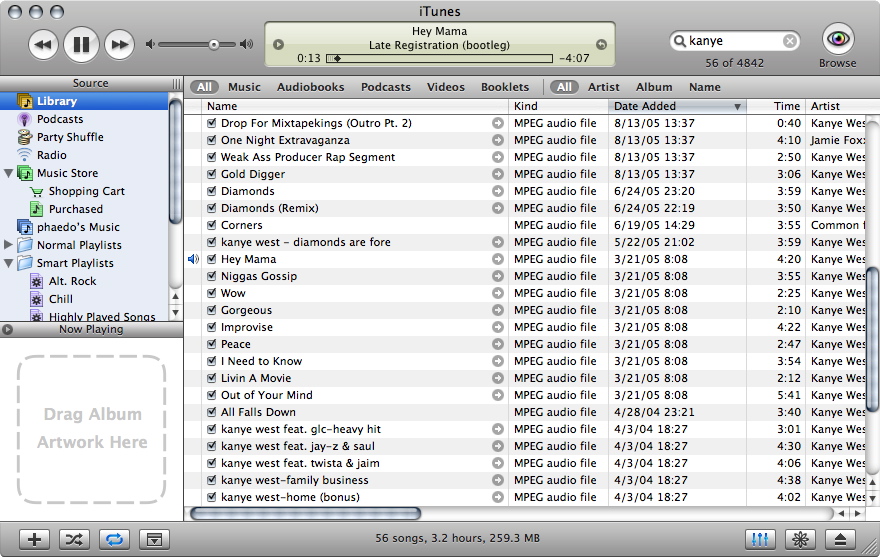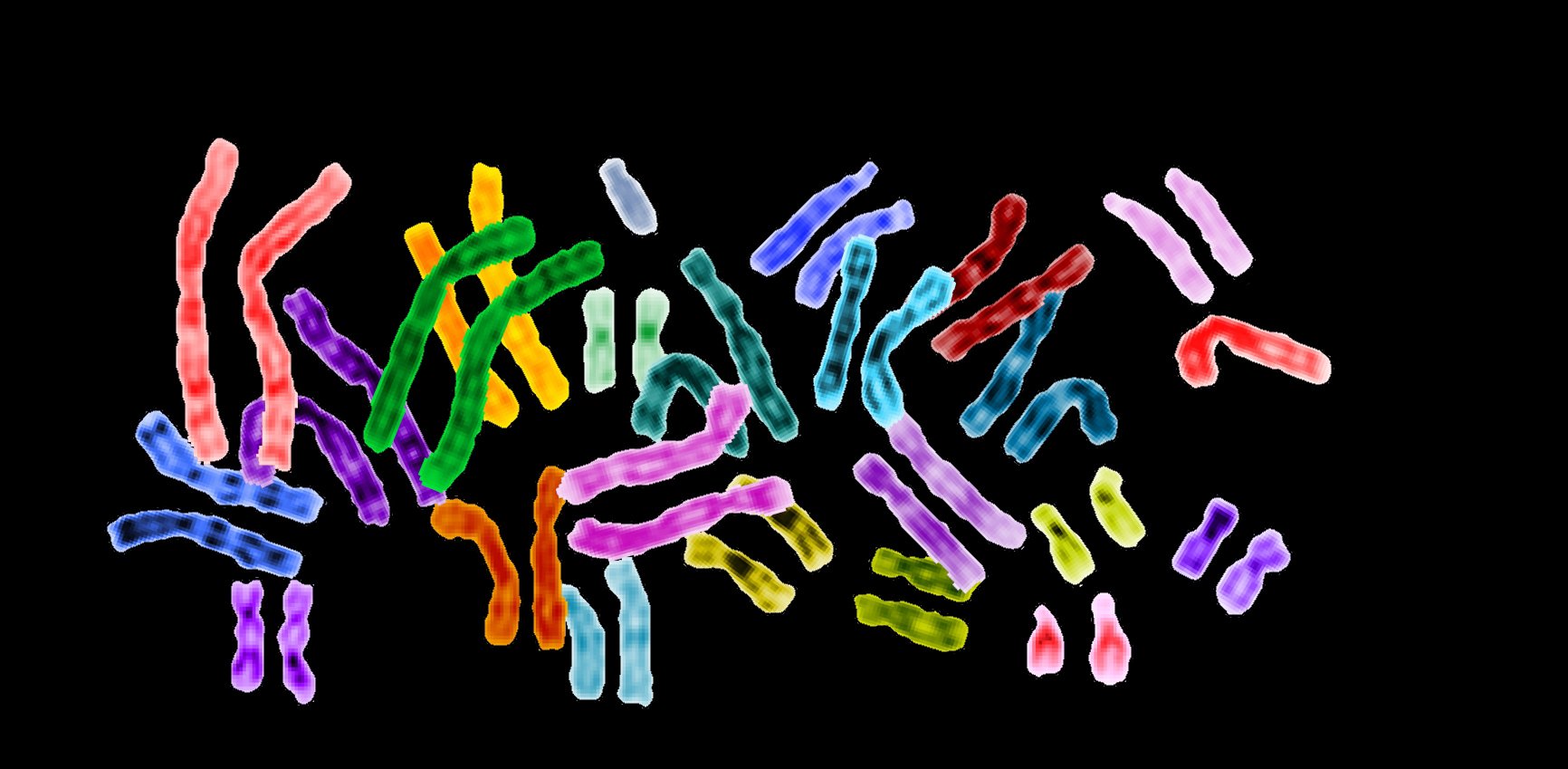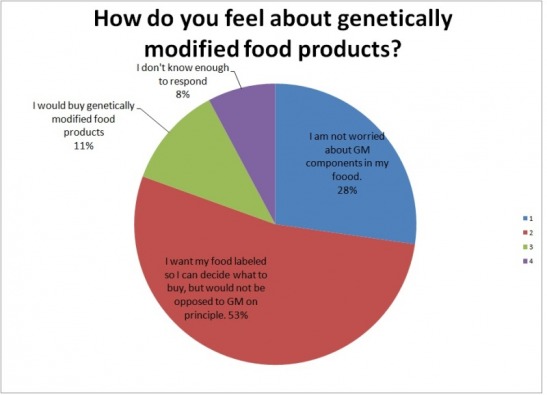The Getty Center
 Today I visited the Paul J. Getty Museum on a Tuesday
afternoon and it was beautiful. I didn't realize how close it was to
campus. It was quiet and serine up there. I would love to go back and stay
longer. We parked and took a train up to the museum. The sun was out and the
air was clear. I could see downtown LA, Beverly Hills, campus and all the way
to the coast. It reminded me of how incredible it is that I go to school in Los
Angeles. There are mountains and beaches and cultures. What more could
you want and how cool I get to study the art and science of it for a
class.
Today I visited the Paul J. Getty Museum on a Tuesday
afternoon and it was beautiful. I didn't realize how close it was to
campus. It was quiet and serine up there. I would love to go back and stay
longer. We parked and took a train up to the museum. The sun was out and the
air was clear. I could see downtown LA, Beverly Hills, campus and all the way
to the coast. It reminded me of how incredible it is that I go to school in Los
Angeles. There are mountains and beaches and cultures. What more could
you want and how cool I get to study the art and science of it for a
class. One of my favorite exhibits I looked at while there was the most modern art was the Light, Paper, Process: Reinventing Photography. This exhibit played with color, filters and exposure. One photo I remember was an owl holding a jeweled frog frog. It was so clear and brought animals into the art realm so well. Photography is a skill which is developed. Certain techniques and lenses and angles all play a factor in the final product as well as the emotion the artists is trying to get from the audience. It definitely takes talent with the technological advances of cameras as well as computer editing and mathematical measurements. This screams artistic ability mixed with science. Art made through different mediums can portray different feelings. There are a lot of factors which play into the creation of art and specifically photography in this case.
 Art and science meet through photography and are clearly seen in the Light, Paper, Process exhibit but another aspect I loved were the views. These alone should be a reason for people to visit the Getty. Every UCLA student should visit at least once before they leave this city. The resources we have around us are unlike any other and we need to use them to the best of our ability. This course has taught me about a world I knew nothing about and forced me to educate myself on the massive connection between art and science. Professor Vesna has pushed my creativity and getting out and experiencing these art cultures has been the most effective way of learning for me.
Art and science meet through photography and are clearly seen in the Light, Paper, Process exhibit but another aspect I loved were the views. These alone should be a reason for people to visit the Getty. Every UCLA student should visit at least once before they leave this city. The resources we have around us are unlike any other and we need to use them to the best of our ability. This course has taught me about a world I knew nothing about and forced me to educate myself on the massive connection between art and science. Professor Vesna has pushed my creativity and getting out and experiencing these art cultures has been the most effective way of learning for me.
Resources
"Getty Center." Wikipedia. Wikimedia Foundation, n.d. Web. 02 June 2015. <http://en.wikipedia.org/wiki/Getty_Center>.




















